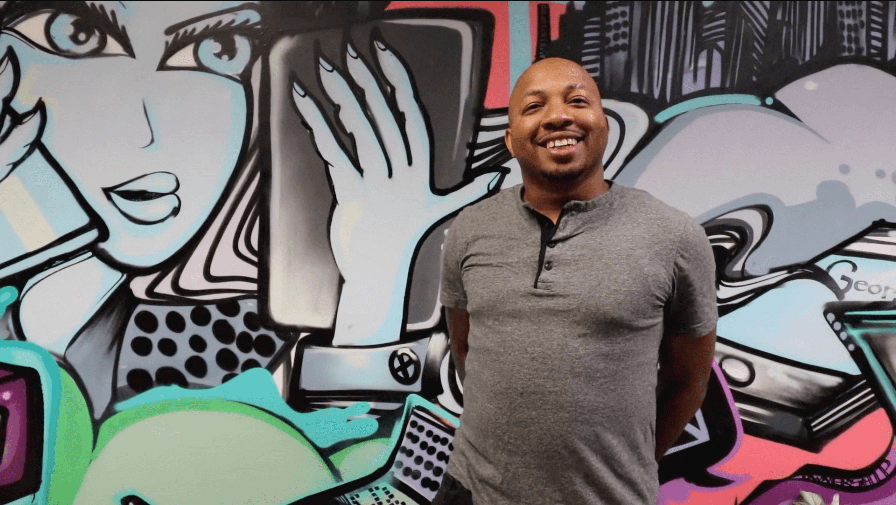It’s 2 a.m. and your phone’s buzzing. Again. The emergency department’s number flicks onto your screen and your heart sinks because you know what’s coming. “The system’s down and we have three ambulances inbound.”
Sound familiar? If you’re managing IT infrastructure for hospitals, emergency departments, or urgent care facilities, you know this scenario isn’t hypothetical. It’s Tuesday night. Healthcare facilities that never sleep demand communication systems that never fail. When they do, patients suffer, staff scramble, and you get blamed.
The Hidden Cost of Healthcare Communication Failures
Here’s a number that should keep you awake at night: healthcare IT downtime costs $7,900 per minute. That’s not just money. It’s patient safety, regulatory compliance, and your professional reputation on the line.
In emergency departments, communication breakdowns affect more than 10% of patient handoffs. During high-volume periods, urgent care centers struggle with call routing, while women’s hospitals juggle labor emergencies alongside routine appointments. Traditional phone systems buckle under pressure exactly when reliability matters most.
Why Traditional Communications Systems Fail Healthcare IT
Your current setup might look like this: legacy PBX system, separate answering services, manual call routing, and a prayer that everything holds together during the next surge. But here’s why that approach is setting you up for failure:
1. Single Points of Failure
Traditional phone systems live in your server rooms. And while that feels like control, when they go down, everything stops. No redundancy means no sleep for you.
2. HIPAA Compliance Nightmares
Managing compliance across multiple vendors, locations, and systems creates audit trails that look like spaghetti. One missed encryption requirement or improper access log can trigger regulatory penalties.
3. Scaling Challenges
Adding new locations means new hardware, new configurations, and new headaches. Your urgent care network may be growing, but your communications infrastructure can’t keep up.
4. Limited Visibility
When calls aren’t routing properly or wait times spike, you’re flying blind. And no real-time analytics means you’re always reactive, never proactive.
Enter GoContact CCaaS: Stop the Mid-Night Wake-Up Calls
Contact Center as a Service (CCaaS) isn’t a buzzword, it’s your ticket to sleeping through the night. Here’s how our cloud-based contact center technology specifically addresses your healthcare challenges:
Secure Routing
Broadvoice | GoContact uses intelligent routing workflows that help to eliminate wait times and get patients accurate answers as fast as possible. Calls automatically route to appropriate departments, overflow to backup locations, and escalate based on urgency levels.
Real-world example: When a women’s hospital receives a high-risk obstetric call, the system can simultaneously alert the on-call physician, prepare the delivery room, and notify the neonatal intensive care unit, all while maintaining HIPAA compliance.
Virtual Assistance for Medical Triage
AI-powered virtual assistants handle routine inquiries, appointment scheduling, follow-ups, and basic triage questions. This isn’t just call deflection. It’s intelligent patient care that reduces emergency department visits by routing patients to the appropriate care level while staying in compliance with security protocols.
The IT benefit: Fewer unnecessary calls mean less system load and more capacity for genuine emergencies. Your infrastructure operates more efficiently, and your staff can stay focused on critical cases instead of trying to figure out if a kid with a temperature of 103 degrees should come into the ER or not.
Built-in HIPAA Compliance
Our CCaaS platform includes compliance by design. Automated encryption, comprehensive audit trails, and role-based access controls eliminate the compliance guesswork that keeps you up at night.
Key features:
- End-to-end encryption for all communications
- Detailed audit logs for regulatory reporting
- Call recording with secure storage
- HIPAA and SOC II compliance built in
Uptime that Matches Your Facilities Needs
Healthcare facilities operate 24/7/365. And while your communications systems should, you don’t have to. The the GoContact CCaaS platform offers:
- Geo-redundancy: Your communication infrastructure lives in multiple data centers. If one location experiences issues, traffic automatically routes to backup facilities. No single point of failure means no 2 a.m. emergency calls.
- Automatic failover: When network issues happen, the system switches to backup connections. Staff continue working while you sleep peacefully, knowing the system is self-healing.
- Real-time monitoring: Advanced analytics provide visibility into call volumes, wait times, and system performance. And proactive alerts let you address issues before they become emergencies.
The Bottom Line: You Need an Infrastructure That Works When it Matters
Healthcare CCaaS isn’t about upgrading your phone system. Rather, it’s about eliminating single points of failure in critical communications infrastructure. When your urgent care network can automatically route overflow calls or your emergency department maintains uptime during system failures, you’ve built a resilient infrastructure.
The numbers don’t lie: At $7,900 per minute of downtime, a single four-hour outage costs $1.9 million. A cloud-based CCaaS with geo-redundancy and automatic failover, like our GoContact platform, eliminates this risk while reducing your operational overhead.
It’s time to stop managing communications failures and start preventing them. Your infrastructure should work as hard as you do, without waking you up to fix it.
Talk to our team to see how GoContact can help your practice.







